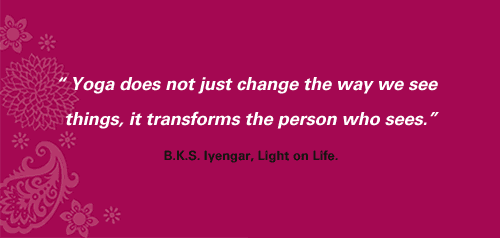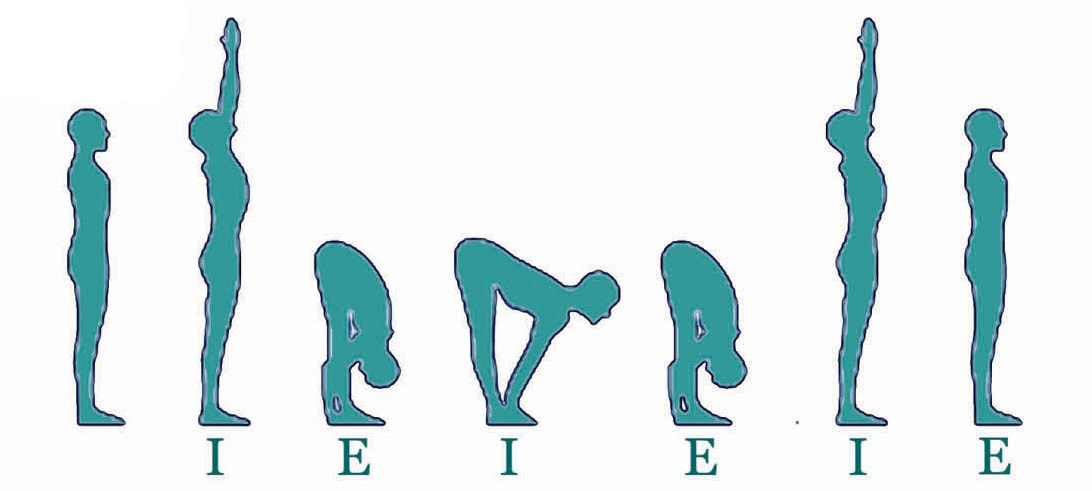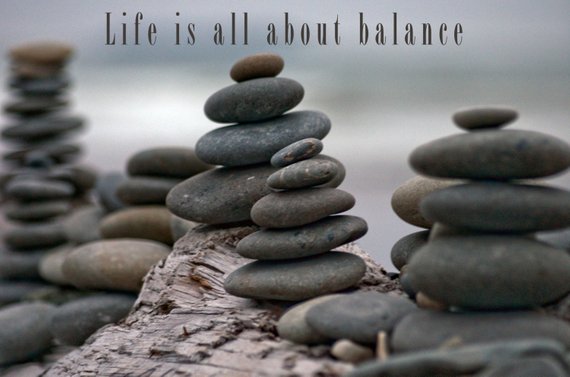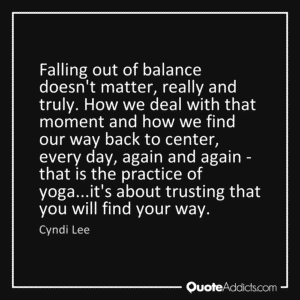| But Thomas (who was called the Twin), one of the twelve, was not with them when Jesus came. So the other disciples told him, “We have seen the Lord.” But he said to them, “Unless I see the mark of the nails in his hands and put my finger in the mark of the nails and my hand in his side, I will not believe.” A week later his disciples were again in the house, and Thomas was with them. Although the doors were shut, Jesus came and stood among them and said, “Peace be with you.” Then he said to Thomas, “Put your finger here and see my hands. Reach out your hand and put it in my side. Do not doubt but believe.” Thomas answered him, “My Lord and my God!” Jesus said to him, “Have you believed because you have seen me? Blessed are those who have not seen and yet have come to believe.” | |
The left brain is where language originates, and it craves details, labels, and categories. The left brain wants closed endings and certainty. We use this left mode to analyze the past and plan for the future.
The right brain instead is comfortable with open endings and takes in the big picture – the forest not the trees. The right brain deals with ambiguity, paradox, and mystery and helps us to make sense of metaphors and allegories. We use this right mode to be aware of all that is happening the present moment.
Another thing we know about the brain is that, in most humans, the left brain is dominant. Often impatient with the wondering musings of the right brain, the language-making left brain will take over and try to reach a logical conclusion even when it is not suited for the task at hand.*
Which brings us to Thomas. The Thomas we encounter in the Gospel of John – the proverbial “Doubting Thomas” – is in full-on left mode. He could not understand how the other apostles had seen Jesus. After all, Jesus had died. He saw it with his own eyes. A resurrection made no logical sense. Before he would believe, Thomas wanted proof. He wanted answers. He wanted certainty.
We can certainly relate to Thomas’ predicament. How often are we so attached to the need for certainty, that we are stuck in place? Unable to move? How often are we clinging to the past or anxious about the future that we miss finding the presence of the divine mystery in ourselves, each other, and the world around us? It is how we are a wired. The dominant left brain needing to see in order to believe. However, the big picture right brain is still there ready to believe without seeing but it may take some work to access it.
Throughout time, spiritual seekers have identified tools to quiet the verbal left mode – what Buddhist refer to as “the monkey mind” – and access the present moment in order to encounter the divine mystery. Through spiritual disciplines such as prayer, meditation, fasting, mindfulness, movements, and postures we can disrupt our entrenched patterns and tap into the right mode skill of belief without seeing.
Lynne Goodwin painted Thomas for Thomas Chapel employing such a discipline. The orans posture is an ancient posture of prayer. It is a posture of openness and vulnerability. The following is an opportunity to meditate on Psalm 63 and explore the orans posture to the extent that you feel led.
I will meditate on thee in the night watches;
Far from life, lone and still.
In the shadow of thy wings will I live and move.
Thy right hand upholdeth me; my soul has found its peace.
So, I will bless thee while I live, lift my hands to thee;
My soul followeth close behind thee, how my heart does sing!
I will seek thee all my life, meditate through time.
Thy loving-kindness, better than life, it has been my help.
Just to be there in that holy place, feel the breath of God!
I will meditate, meditate – I can touch my heart to thee.
Now from a seated near the front edge of the chair or a standing position on the floor, place your feet about hip with apart or a little wider. Bring your awareness to your feet. Perhaps you look at your feet or bring your gaze to the floor in front of you. Notice the grounding of your feet into the floor, the weight of your feet, the pull of gravity. How does that feel in your feet, your legs, the rest of your body? Bring your arms by your sides and turn your palms out slightly.
Now bring your awareness to your breathing. Follow the sensations of your inhale in through your nose as your lungs fill up, and your belly expands. Follow the sensations of your exhale as your belly collapses, your lungs release, and air escapes through your nose. Take at least 3 steady and even breaths.
Now add some movement to your breath. As you inhale, lift your arms to shoulder height or a little higher and lift your gaze upward. As you exhale, lower your arms and gaze. Moving with your breath, inhale up and exhale down.
As you do this, don’t be surprised if the left brain comes up with things like – “I’m not doing this right” or “when is this going to be over” or some other distraction. Try to let those thoughts come and go without reacting to them. Continue to focus on your breath and movement.
After several rounds of this movement. Hold the orans pose with arms and gaze lifted and breath naturally. Perhaps you may want to turn the corners of your mouth into a smile like Thomas in the painting. Take one last deep inhale and as you exhale lower your arms back by your sides. Take note of the sensations in your body. Be present and aware.
Finally, find a quiet, grounded posture. It could be orans, hands in prayer, hands over heart, hands by your sides, or hands in lap. Perhaps you close your eyes, lower your gaze, or focus on one spot in the room. Scan your body from head to foot and be aware of what you are feeling. Hold this posture for several moments then slowly bring your awareness back to your surroundings with sense of contentment and gratitude.
Peace.
MEB
Notes:
* This is a gross oversimplification of the complex workings of the brain’s hemispheres. If you want to dig deeper, listen to this Hidden Brain podcast with Iain McGilchrist and/or read his book “The Master and His Emissary; The Divided Brain and the Making of the Western World.”
** Lyrics from “Meditation I” by Joe Utterback







 RSS Feed
RSS Feed